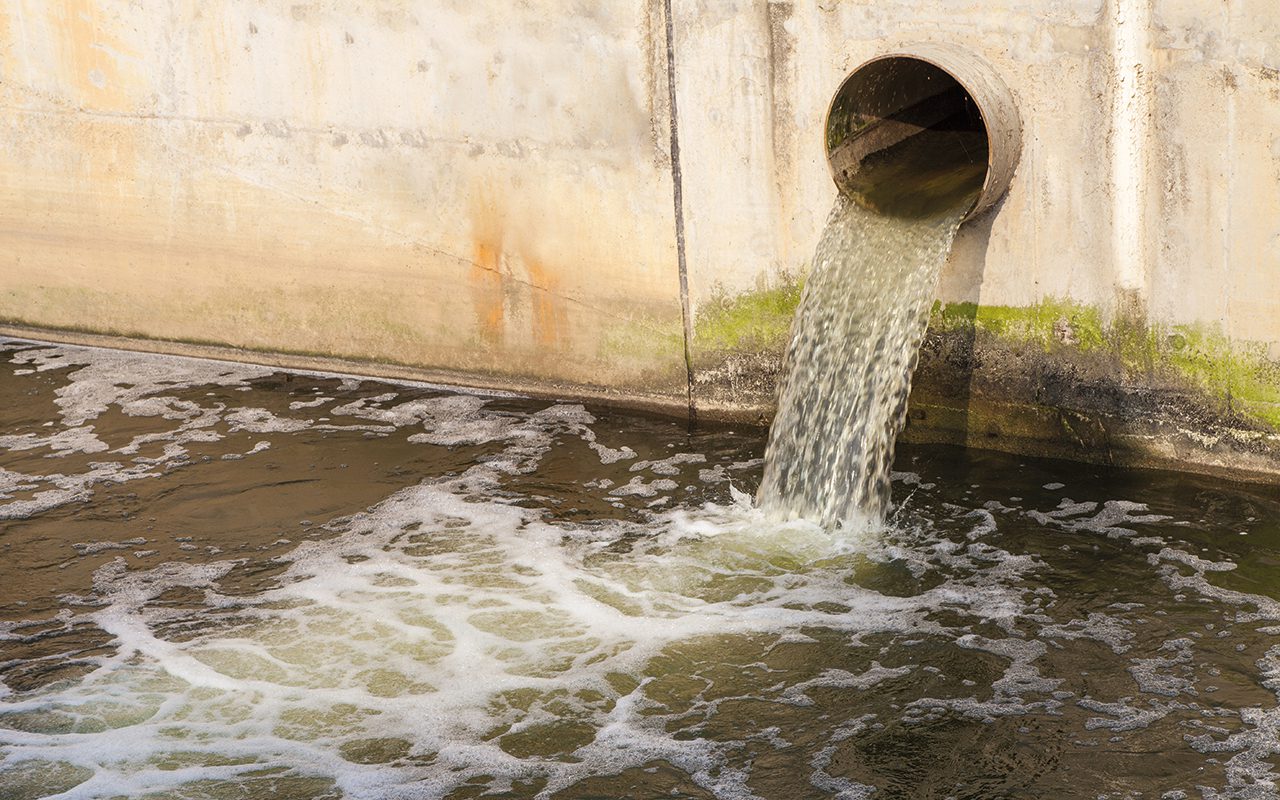A team of researchers has developed what they describe as a fast and simple way to assess the potential risk presented by water-borne transmission of the COVID-19 virus as a result of sewage spills into open and closed freshwater networks
The new study, published in the journal Environmental Science and Technology – Water identifies the relative risk of viral transmission by sewerage spills, across 39 different countries.
The study was conducted by researchers with specialisms including water quality, epidemiology, remote sensing and modelling, and it was led by Dr Jamie Shutler at the University of Exeter. It used information on the environment, a population’s infection rate, and water usage to calculate the potential potency of viral loads in the event of a sewerage spill.
The team believes the study could help identify new ways to prevent the spread of the virus.
Dr Jamie Shutler, lead author, who works at the University of Exeter’s Penryn Campus in Cornwall, said: “it’s important to identify and break all viable transmission routes if we want to stop any future outbreaks”.
“Airborne water droplets have previously been highlighted as the main route for transmission of the virus which causes COVID-19, but we know that other forms of transmission are likely to exist.”
Previous studies have shown that COVID-19 viral pathogens can be found in untreated wastewater, in concentrations consistent with population infection rates. While studies are still at a relatively early stage in relation to COVID-19, other human coronaviruses are documented to survive in wastewater, with colder water temperature likely to increase viral survival. As reported in other literature, the virus concentration in solution follows an exponential decay, with its half-life increasing with a decrease in temperature.
Using this knowledge and existing methods, the research team identified how the transmission risk from water contaminated with sewage reduces over time. The study used statistical methods and data relating to dilution factors, in addition to data on the numbers of confirmed cases, fatalities, and recovered cases taken from the Worldometers web site.
The findings reported that the relative risk (i.e., the normalised country-comparable risk associated with a sewage spill after dilution) is dependent upon total domestic wastewater effluent (which helps to dilute the virus at the input to the system) and riverine flow (which dilutes the virus once in the river). The latter depends on factors including geographical location, geographical relief, and weather. Countries with the lowest relative risk are those with both high domestic wastewater effluent and high riverine dilution (e.g., Canada, Norway, and Venezuela). The highest relative risk, on the other hand, arises where there is a combination of low to medium domestic wastewater effluent and low dilution (e.g., Morocco, Spain, and Germany).
This issue is likely to be especially problematic in parts of the world with a large proportion of temporary settlements, such as shanty towns, favellas or refugee camps, which are less likely to have safe sanitisation systems. Or any densely populated region that has high infection rates that also suffers from sewage spills.
Modifying established pollution analysis methods, the team were able to estimate the viral concentration in rivers after a sewage spill. This meant they could calculate the relative transmission risk posed to humans by contaminated waterways for 39 countries.
These methods, the team argue, provide a fast way to assess the transmission risk associated with sewage spills via the use of easily available population, infection rate and environmental data, allowing evidence based guidance to be followed in the aftermath of a spill.
Dr Shutler added: “We hope that water companies or NGOs will use our simple spreadsheet calculator, that is freely available, to estimate the transmission risk after a spill. They can then use this information to advise the public.”
Read the full paper here.









